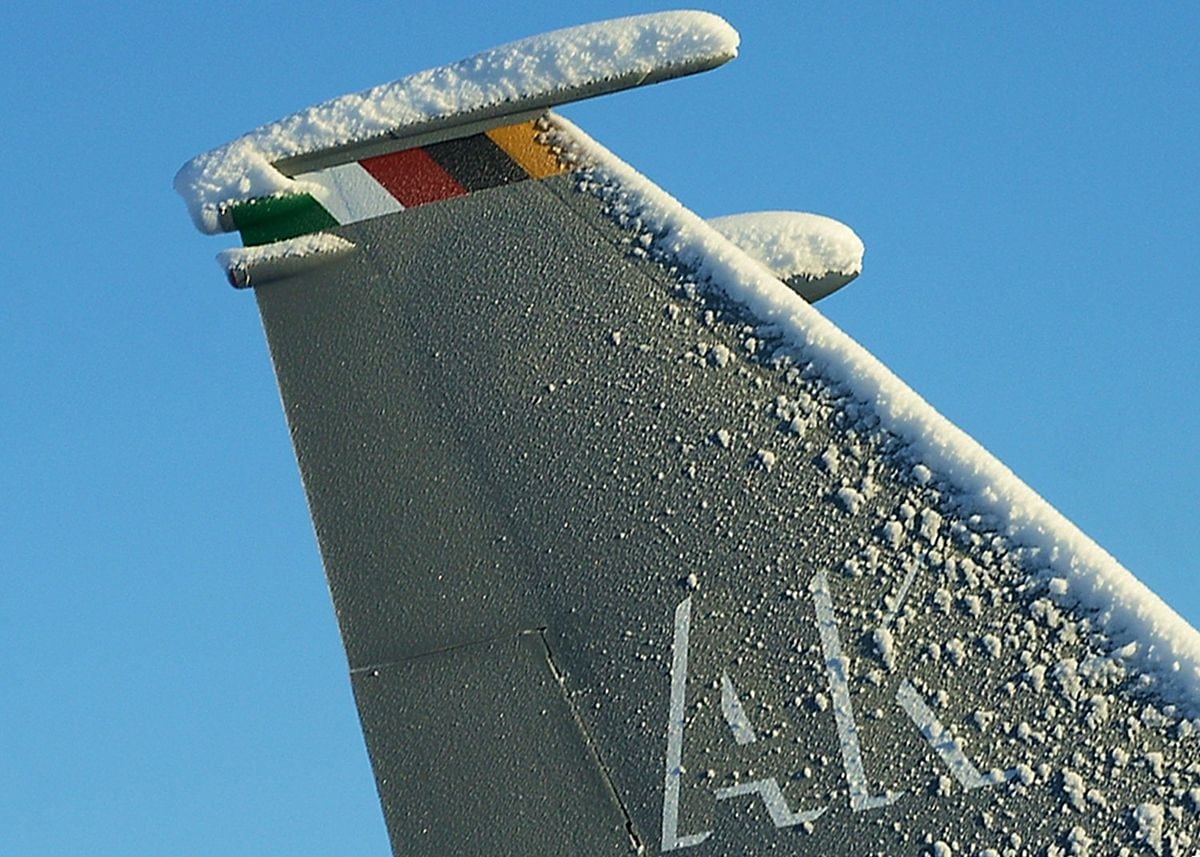 |
Icing on a plane. Photo: Wikipedia |
[Avionics Today 11-05-2014] The FAA has issued a final rule that broadens the coverage of its icing certification standards. The updated standards require U.S. manufacturers to show that transport airplanes can operate safely in freezing drizzle or freezing rain — conditions that constitute the icing environment known as Supercooled Large Drops (SLD). The standard also includes ice crystal weather conditions.
SLD is less common than standard small droplet icing and can form ice on the airplane that exceeds the capability of current ice protection systems. The SLD could also severely impact the airplane’s performance and handling characteristics. Pilots usually encounter ice crystals, which can clog external air data sensors or lead to ice buildup in an engine, while they are flying around thunderstorms.
The rule, which was based on extensive research and flight testing, mandates that certain newly manufactured transport category aircraft most affected by SLD icing conditions meet updated safety standards. This includes additional airplane performance and handling qualities in SLD conditions. This portion of the rule is aimed at aircraft that have a takeoff weight of less than 60,000 pounds or have reversible flight controls — a direct mechanical link from the control lever to the flight control surface, unlike hydraulic power. The rule affects new aircraft certification projects that begin after the effective date of the rule, Jan. 3, 2015.
The FAA is also mandating changes to the icing certification requirements for engines, engine installations and some airplane systems on all transport airplanes such as angle of attack and airspeed indicating systems. These systems must be able to perform in freezing rain, freezing drizzle, mixed phase and ice crystal conditions.